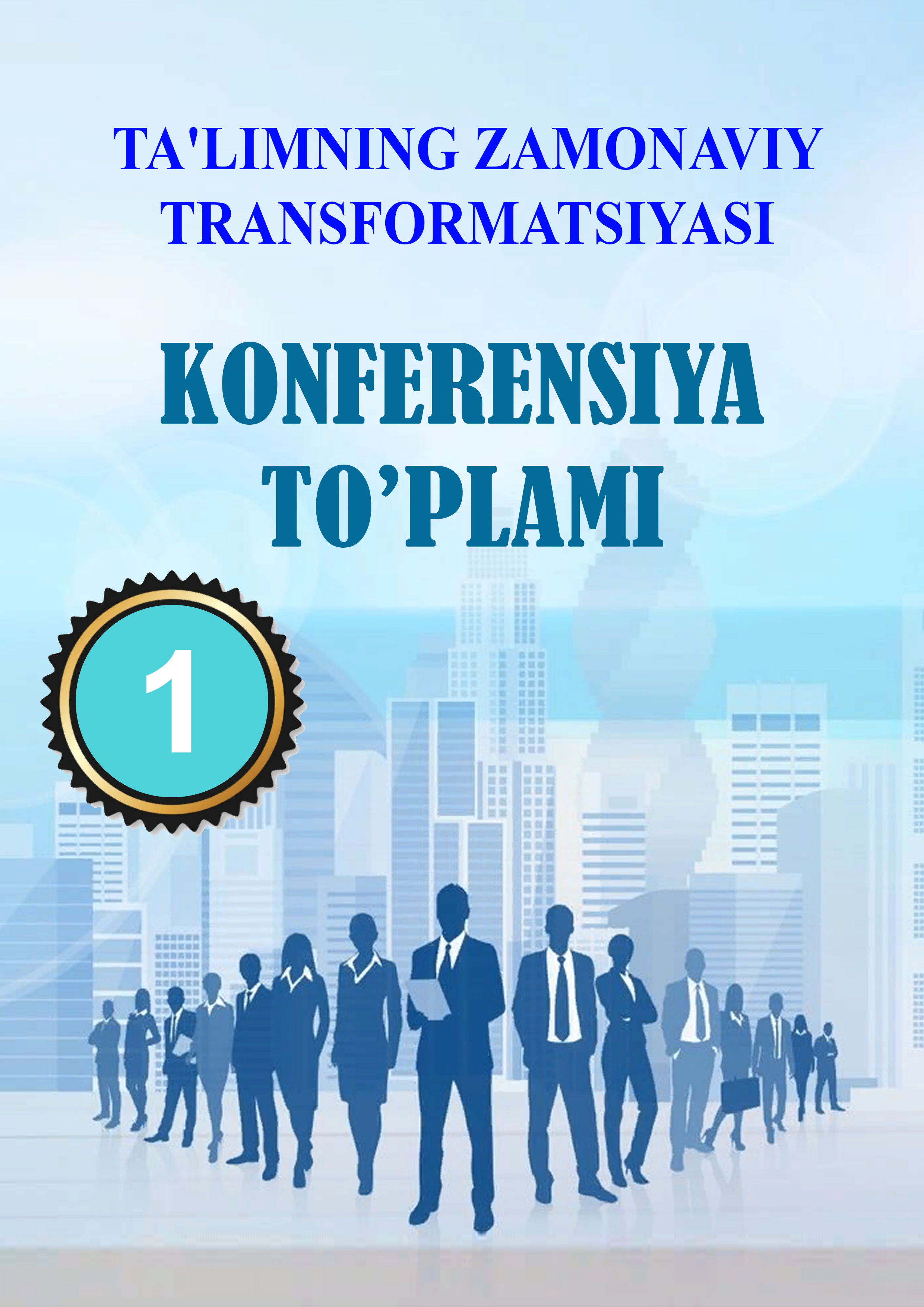UNDERSTANDING TRANSLATION UNITS AND SHIFTS
Keywords:
Translation units, translation shifts, segmentation, semantic integrity, cultural adaptation, grammatical changes, context sensitivity.Abstract
Understanding translation units and shifts is essential for achieving accurate and culturally sensitive translations. Translation units are the smallest segments of text that carry complete meaning, varying in size from single words to entire sentences depending on context. Effective segmentation, guided by lexical and grammatical considerations, ensures semantic integrity and coherence. Translation shifts refer to the changes made during translation to preserve meaning, stylistic elements, and cultural nuances. These shifts include level shifts, where a concept moves across linguistic levels; category shifts, such as structure and class changes; unit shifts, where the rank changes; and intra-system shifts, addressing grammatical differences. Cultural and stylistic shifts adapt the text to the target audience's norms and expectations, ensuring relevance and impact. Understanding and managing these units and shifts highlight the translator's role in bridging linguistic and cultural divides, emphasizing the complexity and precision required in the translation process.




